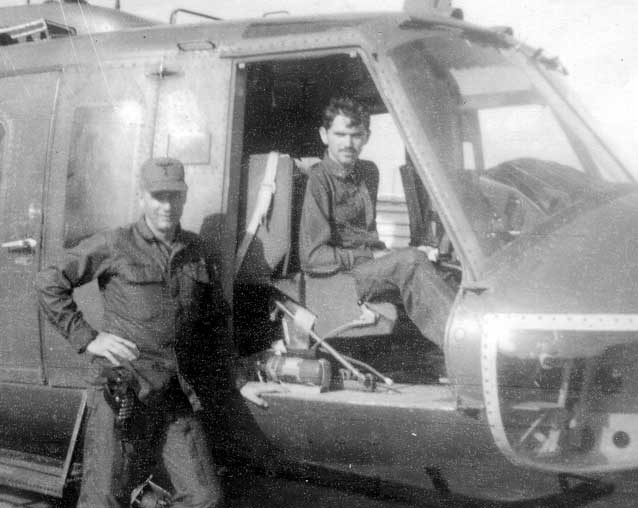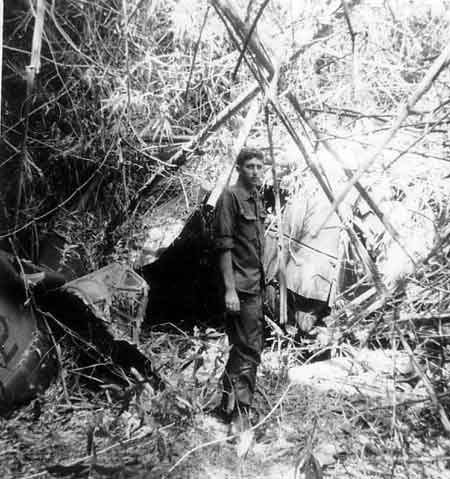CUỘC ĐỜI CỦA TIỀN QUÂN NGUYỄN VĂN THÀNH QUA LĂNG KÍNH CỦA LTS.
1/ Theo Wikipedia, ông Nguyễn Văn Thành sinh ngày 13 tháng 11 âm lịch năm Mậu Dần (tương đương dương lịch là 1758). Tiên tổ người xứ Thuận Hóa, phủ Triệu Phong, huyện Quảng Điền, tổng Phú Ốc, xã Bác Vọng. Tằng tổ là Nguyễn Văn Toán dời vào Gia Định. Tổ là Nguyễn Văn Tính lại dời đến ở Bình Hòa. Cha là Nguyễn Văn Hiền lại dời vào Gia Định.
Sử sách ghi: "Nguyễn Văn Thành trạng mạo đẹp đẽ, tính trầm nghị, thích đọc sách, tài võ nghệ".[1][2]
...
Nhận xét: Tuy là khai quốc công thần, nhưng lúc gần cuối đời, do lời dèm pha của những kẻ ghen tị ông, cha con ông bị vua Gia Long nghi ngờ tạo phản nên ông tự tử, con trai bị xử chém. Sau này danh dự được phục hồi, ông được người đời nay thờ phượng, làm lễ nhân ngày giỗ của ông.
Vì thấy cuộc đời của ông quá đau khổ nên tôi dùng LTS để tìm hiểu.
Đầu tiên tôi dùng Âm Dương lịch đối chiếu, tôi biết ngày sanh của ông là ngày 12 tây, xem hình.
2/ Nay dựa vào bảng trị số của LTS, thay thế các chữ trong tên họ của ông, tôi có:
Nguyễn = 536155 = 25 = 7
Văn = 615 = 12 = 3
Thành = 45155 = 20 = 2
Cộng lại: 7 3 2 = 12, rất xấu.
Sau đây là ý nghĩa của số này, xem hình, xin đọc kỹ phần có gạch đỏ.
Kết luận: Những gì xảy ra đã ứng với tên và ngày sanh (số 12) của ông.
Đọc thêm:
Lăng mộ
Lăng mộ Tiền quân Nguyễn Văn Thành hiện an vị ở xã Thủy Phương, huyện Hương Thủy, Thừa Thiên Huế. Lăng mộ có diện tích năm mươi mét vuông, bao gồm bốn cột trụ biểu, bia tiền và bia hậu. Trên bức bia tiền còn ghi rõ chức tước của Tiền quân khi đã trở về cố đô Huế vào năm 1810 cho đến khi mất: "Việt Cố Khâm Sai Chưởng Trung Quân Bình Tây Đại tướng Quân Thành Quận Công Chi Mộ". Trên Bức bia hậu ghi tóm tắt tiểu sử công trạng cùng tên tuổi gia quyến của Tiền quân. Đặc biệt trên bia còn khắc cảnh Xuân Hạ Thu Đông và các hoa văn tượng trưng cho uy quyền và đức độ của ngài khi xưa.
Đền thờ: Tại xã Tân An, thị xã Thủ Dầu Một, tỉnh Bình Dương, trên vùng đất cao trong khu rừng sao, ngôi đền thờ Tiền quân Nguyễn Văn Thành được xây dựng từ năm 1820. Toàn bộ khung sườn đền đều làm bằng gỗ sao đốn từ những cây sao già tại khu rừng ấy. Trải qua hơn một trăm tám mươi năm thăng trầm của lịch sử, đền vẫn còn đó dáng uy nghiêm và trầm mặc. Hằng năm vào ngày rằm tháng Mười Một âm lịch là ngày giỗ của Tiền quân.
Ngày giỗ: Theo như lệ thường hàng năm, vào ngày mười lăm tháng mười một âm lịch năm Bính Tuất, tức là vào thứ tư, ngày mùng ba tháng giêng dương lịch năm 2007 đã diễn ra buổi lễ cúng đình thần, Đức Tiền quân Nguyễn Văn Thành, tại xã Tân An. Từ tờ mờ sớm đã diễn ra lễ rước sắc phong thần từ ngôi nhà cổ vào đền Tân An. Trong bầu không khí trang nghiêm và long trọng của buổi lễ cúng thần, các đội tế lễ trong trang phục truyền thống, áo dài khăn đóng, đã ra làm lễ tế. Các khách thập phương lũ lượt từ các nơi gần xa cũng đã có mặt đông đủ tại đình cổ Tân An để thấp hương và cầu an.
Đường phố; Ở Thành phố Hồ Chí Minh trước năm 1985 có tới 2 con đường mang tên Nguyễn Văn Thành. Đường Nguyễn Văn Thành (thường hay gọi là bến Nguyễn Văn Thành, do nằm dọc theo rạch Hàng Bàng) của Đô thành Sài Gòn cũ hiện nay là đường Phan Văn Khỏe (trước đó cũng gọi là bến Phan Văn Khỏe, nhưng hiện nay không còn gọi là bến nữa do rạch Hàng Bàng đã bị lấp gần hết) ở quận 5 và quận 6, còn đường Nguyễn Văn Thành của tỉnh Gia Định cũ nay là đường Huỳnh Đình Hai ở quận Bình Thạnh. (http://vi.wikipedia.org/)

.png)



